Roof repairs involving solar panels distinguish themselves for their complexity and significance. Although it may initially appear as a standard item on the home maintenance checklist, the reality is far from simple. The addition of solar panels introduces a level of intricacy unique to this task, necessitating not just repairs but also the careful coordination of specialised skills.
The following article will provide a deeper insight into these considerations, offering a detailed understanding of the intricacies involved in repairing roofs with solar panels.
This deeper dive is designed to equip homeowners with the knowledge required to effectively manage this complex process, safeguarding the functionality of their solar panels and the structural integrity of their roof.
How do solar panels affect roof repair?
Roof repair with solar involves a specialised process where the integrity of a roof is restored without compromising the functionality of the solar panel installation. This procedure not only addresses the structural and material damage of the roof but also carefully considers the solar panels’ removal, storage, and reinstallation.
The goal is to ensure that the repair work supports the continued operation of the solar energy system, maintaining energy efficiency and the roof’s durability.
Given the complexity and the need for precision, this type of repair requires coordination between roofing professionals and solar experts, ensuring that both the roof’s and the solar panels’ integrity are preserved throughout the repair process.
Why is roof repair complex with solar panels?
Roof repair becomes significantly more complex with solar panels due to the necessity of removing and then re-installing solar panels. This complexity is heightened by the high risk of panel damage during the process and the need for coordinated efforts between roofing and solar professionals. Each step, from assessing damage to executing repairs, must be handled with utmost care to avoid compromising the solar panels’ functionality.
This intricate dance of tasks demands not only specialised skills but also a deep understanding of both roofing and solar installation and technology, making the repair process a delicate balance between maintaining structural integrity and ensuring energy efficiency.
Removal and reinstallation of panels required
The necessity to remove and then re-install solar panels adds a layer of complexity to roof repairs. This step is crucial to access the roof for thorough assessment and repair, ensuring the solar panels are not obstructing the process.
High risk of panel damage
There exists a high risk of damaging the solar panels during the removal and reinstallation process. Panels are delicate and require careful handling to prevent any cracks or breaks that could compromise their efficiency.
Coordination between roofing and solar installers needed
Effective coordination between roofing and solar experts is essential to navigate the complexities of roof repair with a solar system installed. This collaboration ensures that both the roof’s integrity and the solar panels’ functionality are preserved, balancing structural repair with energy efficiency.
Initial steps for repairing a roof with solar panels
The initial steps for repairing a roof with solar panels involve a meticulous approach to ensure both the roof and solar panel system are appropriately handled. Assessing the extent of roof damage through a thorough roof inspection is the first critical action, which helps in understanding the scope of repair needed. Following this, it’s imperative to consult a solar panel expert to discuss the ideal process to remove solar panels and install them again post-repair.
This consultation ensures that the solar panel system is not adversely affected during the repair process. Lastly, determining if temporary power solutions are needed is crucial for maintaining electricity supply, especially in homes relying heavily on solar power.
This preparatory phase sets the foundation for a smooth and efficient repair process, minimising risks and ensuring a seamless transition between roof repair and solar panel system functionality.
Assess roof damage extent
The first crucial step is to assess the extent of roof damage. This involves a thorough inspection to identify all areas that require repair. Understanding the scope of damage is essential for planning the repair process effectively and ensuring that all issues are addressed.
Consult a solar panel expert
Next, it is vital to consult a solar panel expert. This consultation provides insights into the best practices for removing and reinstalling solar panels without causing damage. An expert can also advise on any special considerations needed to protect the solar panel system during roof repairs.
Determine if temporary power solutions are needed
Finally, assessing the need for temporary power solutions is important, especially for households that rely heavily on solar power. This step ensures that there is no disruption to the electricity supply during the repair process, maintaining normalcy and convenience for the occupants.
Removing solar energy systems for roof repair or roof restoration
The process of removing solar panels for roof repair is a critical step that requires careful planning and execution. It begins with safely disconnecting the solar panel system to prevent any electrical hazards. Following this, the careful removal and storage of panels is paramount to avoid any damage that could affect their functionality upon reinstallation.
Additionally, it’s essential to ensure that the panel warranty is maintained throughout this process, avoiding any actions that could void it. This phase is not just about removing the panels but preserving their integrity for future use, necessitating a meticulous approach to handling and storage.
1. Safely disconnecting the solar panel system
Safely disconnecting the solar panel system is the initial step in the removal process. This action is crucial to prevent electrical hazards and ensure the safety of both the workers and the household. It requires a thorough understanding of the system’s wiring and safety protocols.
2. Solar panels removed & stored safely
The careful removal and storage of solar panels follow the disconnection. Panels must be handled with care to avoid physical damage, such as cracks or scratches, which could impair their efficiency. Proper storage conditions are equally important to protect the panels from environmental factors until they are reinstalled.
3. Ensuring solar panel warranty is maintained
Throughout the removal and storage process, maintaining the panel warranty is essential. Actions that could void the warranty, such as improper handling or storage, must be avoided. This involves adhering to the manufacturer’s guidelines for panel removal, storage, and reinstallation to ensure the warranty remains intact.
Considerations for Roof Repair
When undertaking roof repair with solar panels installed, several key considerations must be kept in mind to ensure the longevity and efficiency of both the roof and the solar panel system.
Firstly, the roof’s ability to support solar panels post-repair is crucial, as any structural weaknesses could compromise the system’s stability.
Secondly, the compatibility of new roofing materials with the existing solar panels needs to be assessed to avoid any potential issues with reinstallation or performance.
Lastly, the repair process presents an opportunity to upgrade the solar panel system if deemed necessary. This could involve integrating newer technologies or expanding the system to increase energy production. Each of these considerations plays a vital role in not only repairing the roof but also in enhancing the overall functionality and efficiency of the solar panel system.
Roof’s Ability to Support Solar Panels Post-Repair
Ensuring the roof’s ability to support solar panels post-repair is paramount. The structural integrity must be thoroughly evaluated to confirm that it can sustain the weight and installation requirements of the solar panel system, preventing future issues.
Compatibility of New Roofing Materials with Panels
The compatibility of new roofing materials with the existing solar panels is another critical consideration. It’s essential to select materials that not only enhance the roof’s durability but also align with the technical specifications and mounting hardware requirements of the solar panels.
Potential for Upgrading Solar Panel System
The repair process might also unveil a potential for upgrading the solar panel system. This could involve incorporating more efficient panels or expanding the system’s capacity. Such upgrades can optimise energy production and offer long-term benefits.
Re-installing Solar Panels After Roof Repair
After completing roof repairs, the reinstallation of solar panels is a critical phase that demands attention to detail to ensure the system’s optimal functionality. This stage involves inspecting solar panels for any damage that might have occurred during removal or storage. Ensuring that each panel is in good condition is essential before proceeding.
The next step is the correct reconnection of the solar panel system, which requires precise technical knowledge to integrate the panels back into the home’s electrical system effectively. Finally, testing the system post-reinstallation is crucial to confirm that the solar panels are operating efficiently and safely.
This comprehensive approach guarantees that the solar panel system continues to provide renewable energy effectively after the roof repair process.
Inspecting for damage after solar panel installation
Inspecting solar panels for damage is the first step in the reinstallation process. This crucial inspection ensures that all panels are in perfect condition, free from cracks or any other damage that could impair their efficiency.
Reconnecting the Solar Panel System Correctly
The next vital step is to reconnect the solar panel system correctly. This involves carefully integrating the panels with the home’s electrical system, ensuring that all connections are secure and meet the technical specifications for optimal performance.
Testing the System Post-Reinstallation
Finally, testing the system post-reinstallation is essential to verify that the solar panels are functioning as expected. This testing phase checks for any issues in power output or connectivity, ensuring the system’s reliability and efficiency after the roof repair.
Potential Costs Involved
Addressing roof repairs with solar panels involves a range of potential costs that homeowners should be aware of. These include solar panel removal and reinstallation costs, which can vary depending on the complexity of the system and the labour required.
Additionally, roof repair and materials costs must be considered, encompassing everything from replacing shingles to addressing structural issues.
Finally, homeowners should be prepared for unforeseen costs due to system downtime, such as temporary power solutions or potential delays in repair.
Understanding these potential expenses is crucial for effective budgeting and planning, ensuring that the repair process is both efficient and cost-effective.
Solar Panel Removal and Reinstallation Costs
Solar panel removal and reinstallation costs are significant factors to consider. These expenses vary based on the system’s complexity, the number of panels, and the labour intensity required for safe removal and reinstallation.
Roof Repair and Materials Costs
Roof repair and materials costs encompass a wide range of expenses, from simple shingle replacement to more extensive structural repairs such as a roof replacement. The choice of materials and the extent of damage significantly influence the overall cost.
Unforeseen Costs Due to System Downtime
Unforeseen costs due to system downtime can impact the budget unexpectedly. These may include the need for temporary power solutions or potential delays in the repair process, leading to additional expenses beyond initial estimates.
Preventing Future Roof Repairs with Solar Panels
Preventing future roof repairs when solar panels are installed involves proactive measures and regular maintenance. Regular roof and panel maintenance checks are essential to identify and address minor issues before they escalate into significant problems.
Homeowners should also consider the condition of the roof before panel installation, ensuring it is in good shape to avoid immediate repairs.
Lastly, the use of durable materials for both roofing and solar installations can significantly enhance long-term performance and reduce the likelihood of future repairs. By adopting these strategies, homeowners can safeguard their investment and ensure the longevity of both their roof and solar panel system.
Regular Roof and Panel Maintenance Checks
Regular roof and panel maintenance checks are crucial for the early detection of potential issues. These checks help in identifying minor damages or wear and tear that could lead to more significant problems if left unattended, ensuring both the roof and solar panels remain in optimal condition.
Consideration of Roof Condition Before Panel Installation
Evaluating the condition of the roof before panel installation is essential. This step ensures that the roof is structurally sound and capable of supporting the solar panels, thereby preventing the need for immediate repairs after installation, which could affect the solar system’s integrity.
Use of Durable Materials for Long-Term Performance
The use of durable materials for both the roof and solar panel installations contributes significantly to their longevity and performance. Investing in high-quality materials can reduce the frequency of repairs and replacements, offering better protection against environmental factors and wear over time.
Final Thoughts
In conclusion, the process of repairing a roof with solar panels installed is a multifaceted and delicate endeavour that demands careful planning, specialised expertise, and seamless coordination between roofing and solar professionals.
The intricacies of managing such repairs necessitate a deep understanding of both roofing and solar technologies, emphasising the importance of professional guidance and meticulous execution. For homeowners, this means not only ensuring the structural integrity of their roof but also safeguarding the functionality and efficiency of their solar investment.
By prioritising regular maintenance checks, considering the roof’s condition before panel installation, and choosing durable materials, future repairs can be minimised, ensuring a resilient and efficient solar-powered home.

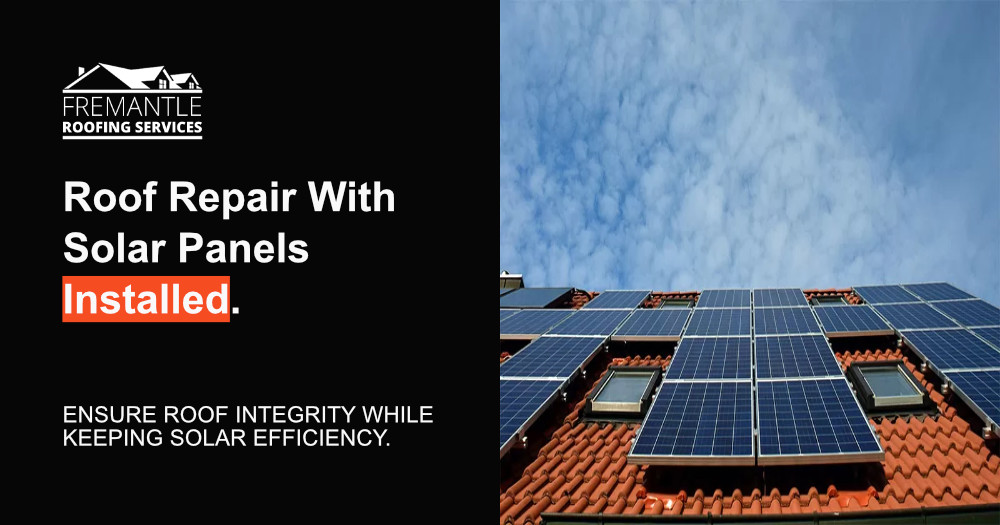
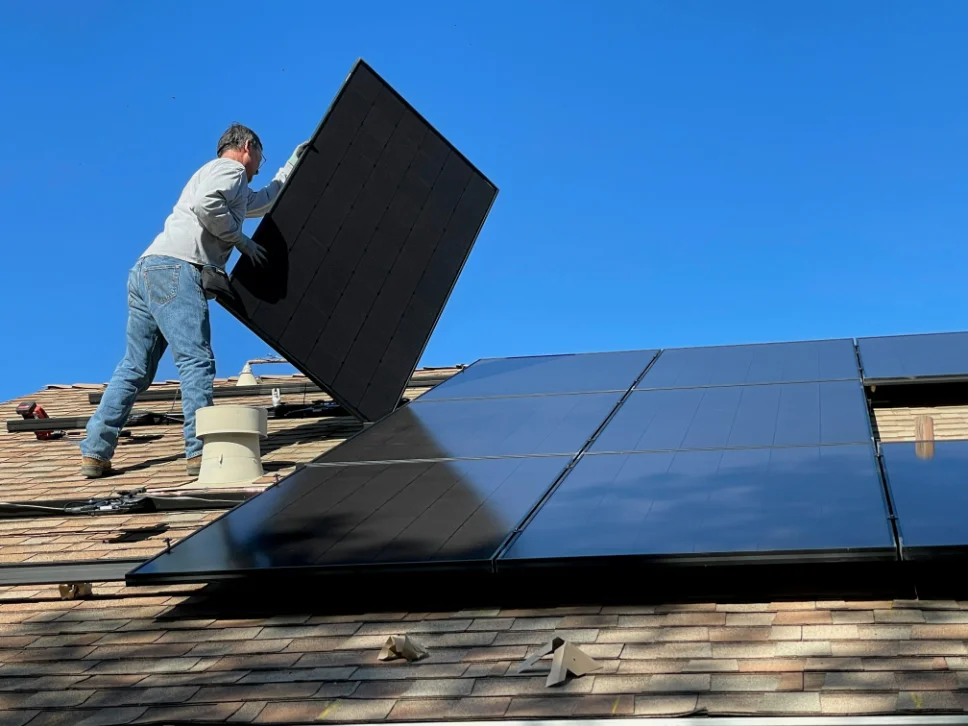
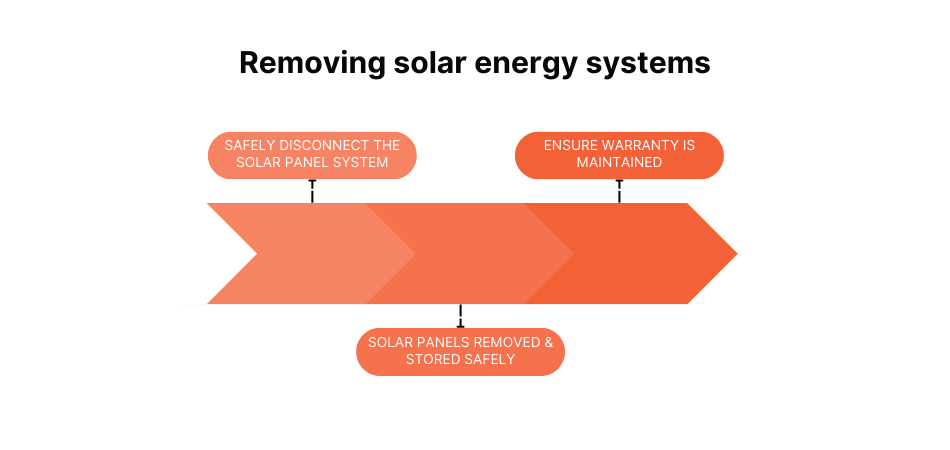
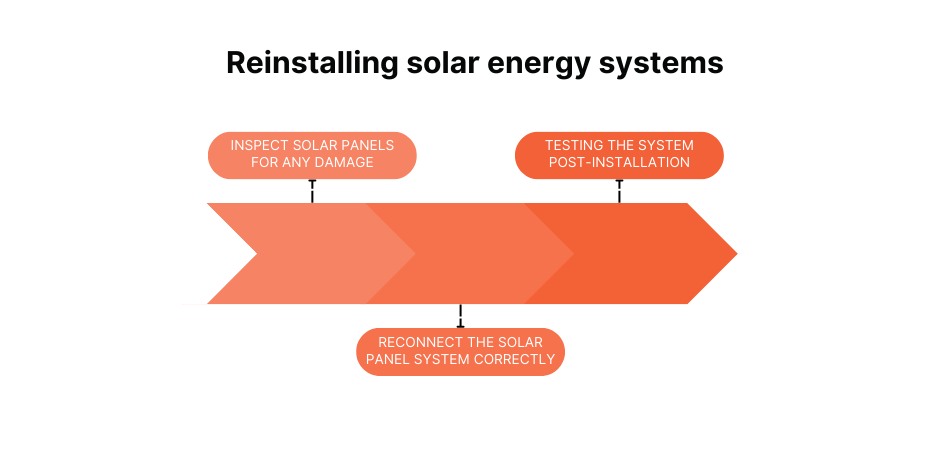
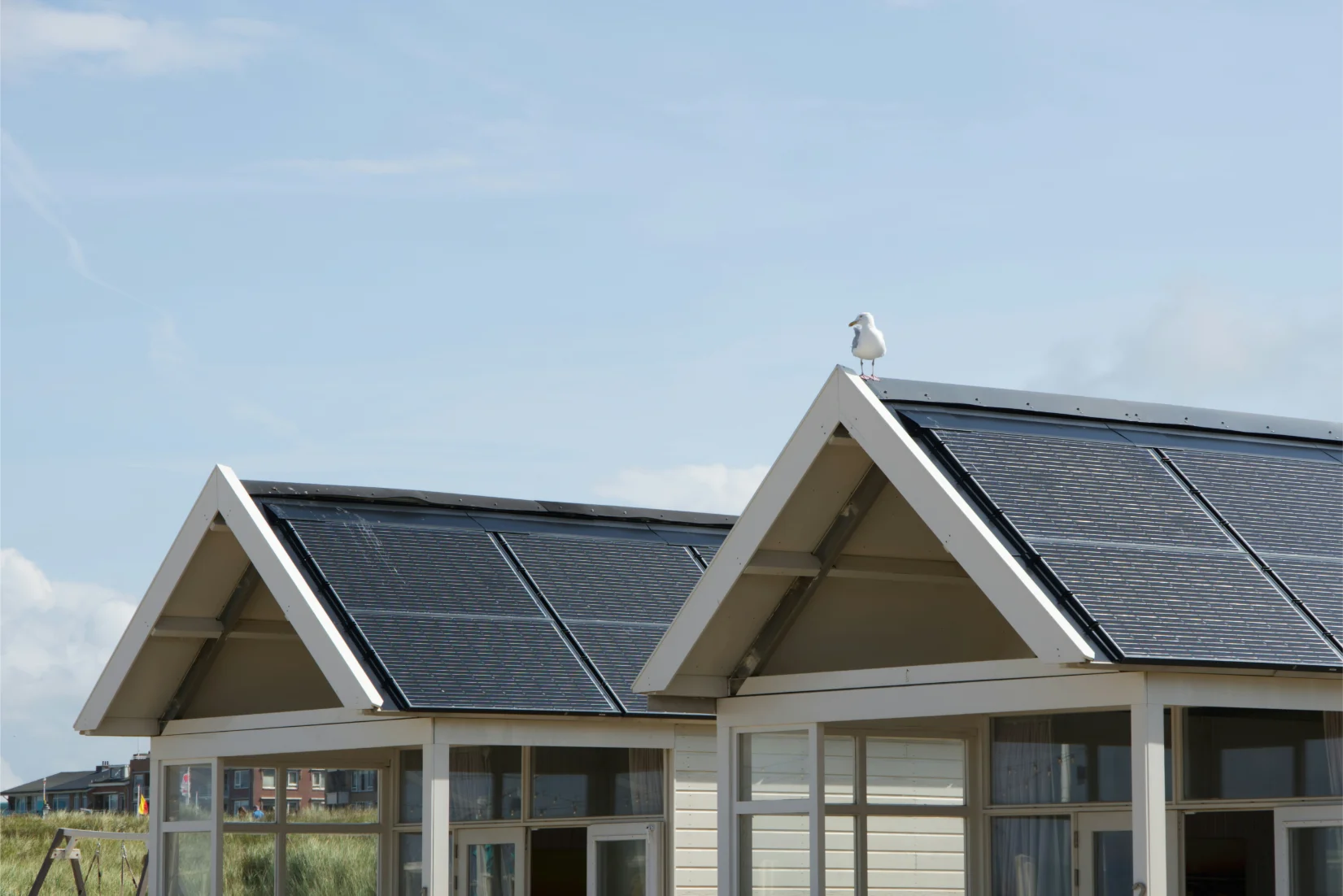
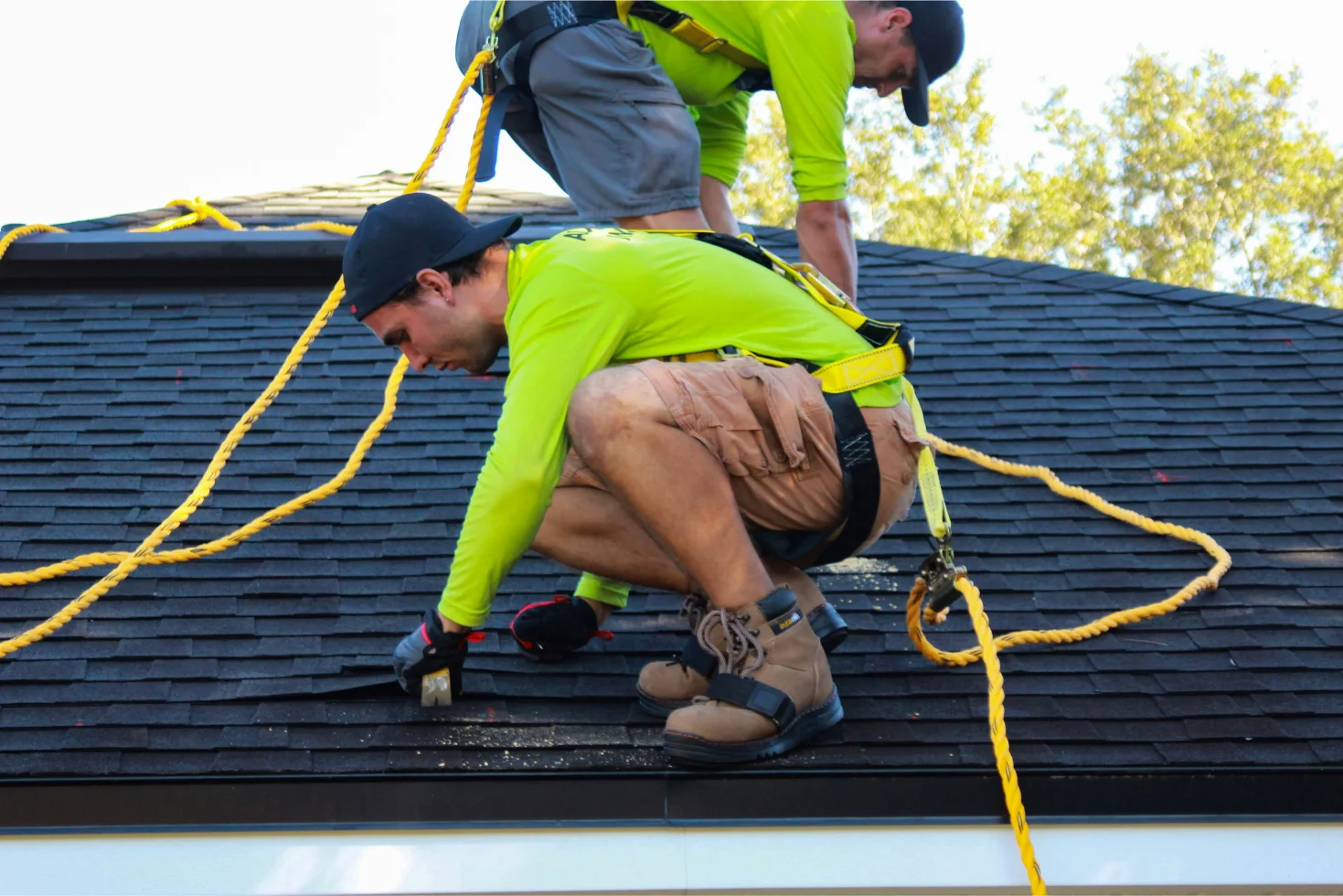
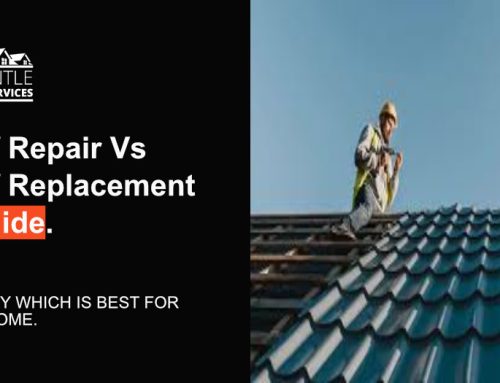
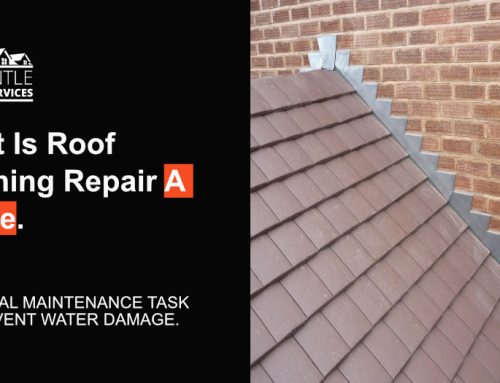
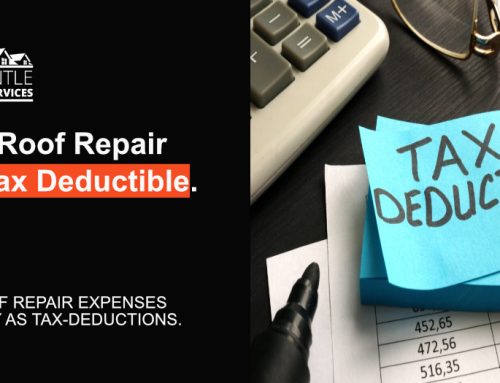
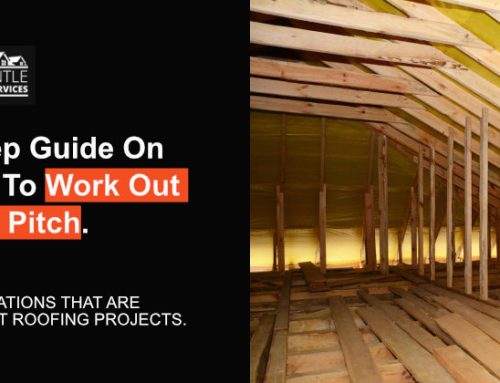
Leave A Comment